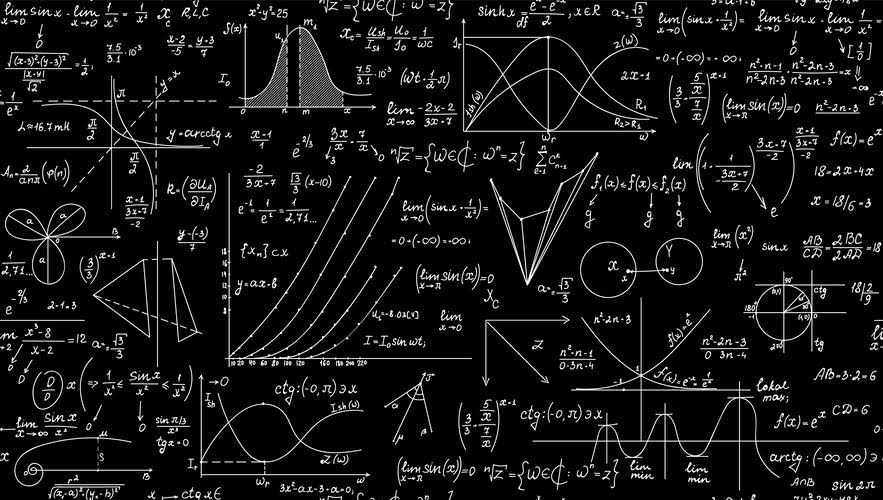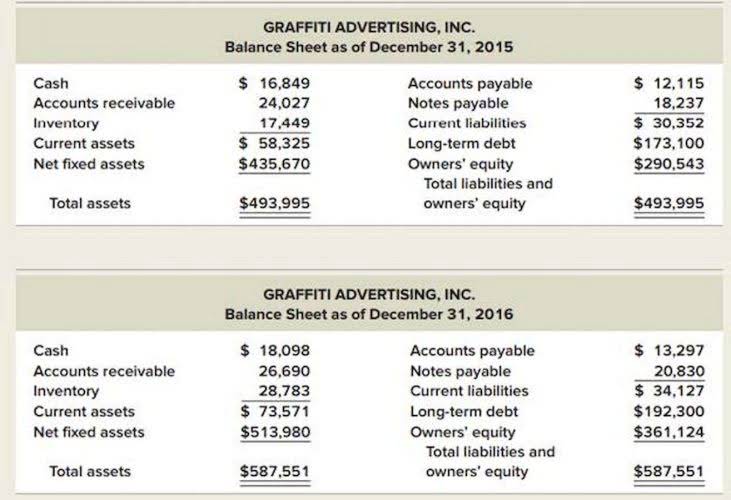
This reduced price is the starting point for the accounting treatment, and the list price is not recorded by either party. This is because the difference between the face and present values of trade receivables is often immaterial. When notes are sold with conditions, the company creates contingent liability, and it is disclosed in the notes to financial statements. When the note’s maturity rises after the completion of 90 days, the interest amount is paid to MPC.
Expert Tips for Storing Luxury Products Safely
This provides clarity for both the lender and borrower regarding their obligations and the timeline for repayment. The payee of a note receivable is the company or individual expected to receive payment from the debtor. Unlike accounts receivable, which are usually paid off within one year, a note receivable can have time to pay that extends beyond the year of the balance sheet date.
Key Components of Notes Receivable
- Invest surplus cash wisely to earn returns while keeping enough for emergencies.
- Record the conversion of the account receivable balance to note receivable.
- When you collect on a note received, both principal and interest payments are classified as cash flow.
- The accounting treatment of interest that is accrued but remains unpaid up to balance sheet date, depends on whether the interest is compound or simple.
- Interest receivable is recognized on the balance sheet in addition to the face value of notes receivable.
Developing strong collections processes can significantly improve your chances of recovering outstanding debts before they become uncollectible. Classification of Notes Receivables is critical for any business as it law firm chart of accounts plays an essential role in managing finances efficiently while ensuring compliance with accounting standards. Notes can be converted to cash by discounting them to the financial institutions. If the maker dishonors the note, the company discounting the note pays to the financial institutions.
How can we determine if a company has uncollectible accounts?
Just like accounts receivable, notes receivable is a balance sheet asset account. The principal of the note receivable, the time frame or duration the maker has to pay back, and the expected collection date are reported on the balance sheet along with the note receivable. When the maker makes the note, the store will record a journal entry to reflect the transaction. Typically, notes receivable are expected to be collected within one year, making them different from accounts receivable.

Not Always Reflective of Cash Flow

The accounts receivable is just as valid a claim as are the notes receivable, as well as the retained earnings interest. In some cases, the note is received in one accounting period and collected in another. This is because not all the sales made to a particular customer are recorded in the customer’s subsidiary accounts receivable ledger.


Companies with sufficient cash or quickly accessible funds can invest in expansion, research and development, or marketing campaigns. They can also weather economic downturns better than those with poorly managed current assets. When talking about assets, it’s important to understand the distinction between current assets and non-current assets. If you’re managing or starting a business, knowing what qualifies as a current asset gives you better control over your financial strategy.
Related AccountingTools Courses
Interest income from notes receivable is a critical component of a company’s earnings, reflecting the profitability of extending credit. This income is recognized over the life of the note, aligning with the time value of money principle. As the lender provides the borrower is a note receivable a current asset with the opportunity to use funds, the interest compensates the lender for parting with the liquidity over a specific period. The recognition of interest income follows the effective interest method, which spreads the income evenly over the payment period, based on the carrying amount of the note. Just as was the case with accounts receivable, there is a possibility that the holder of the note receivable will not be able to collect some or all of the amounts owing. When the investment in a note receivable becomes impaired for any reason, the receivable is re-measured at the present value of the currently expected cash flows at the loan’s original effective interest rate.
